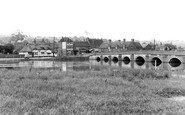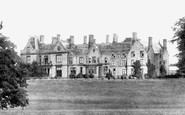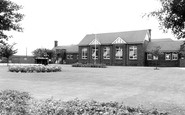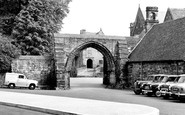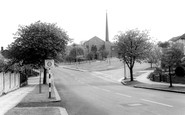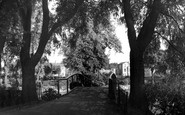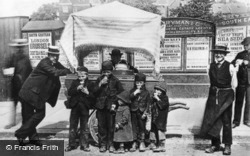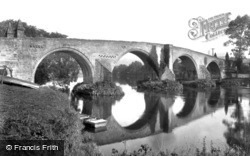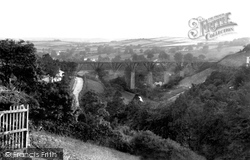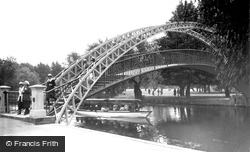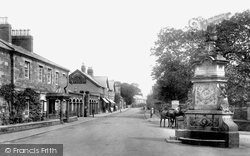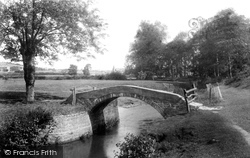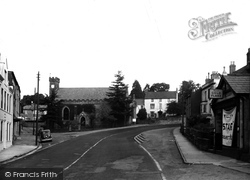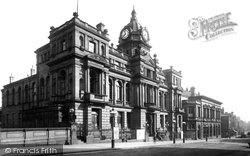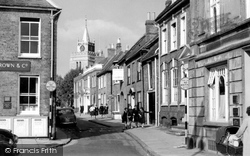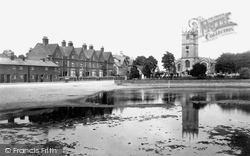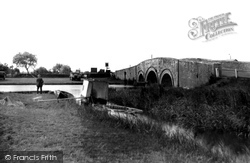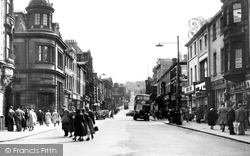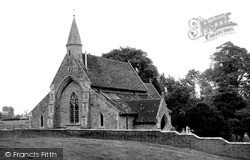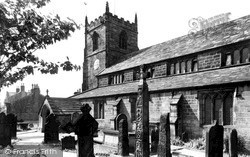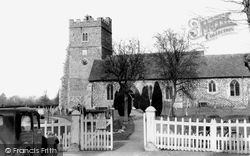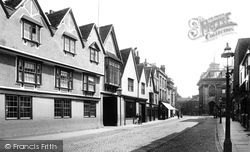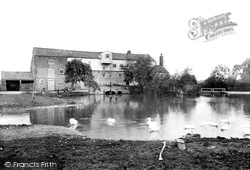Places
Sorry, no places were found that related to your search.
Photos
5 photos found. Showing results 501 to 5.
Maps
83 maps found.
Books
Sorry, no books were found that related to your search.
Memories
1,127 memories found. Showing results 251 to 260.
Evacuee
My Mum, Sybil Anne Clark née Cornwell, was evacuated from London to Bozeat during World War Two. Sadly, my Mum now resides in a nursing home and is suffering from the advanced stages of dementia. As you may be aware, one of the symptoms ...Read more
A memory of Bozeat by
Evacuee
I was evacuated to Oldham in the early 1940s when London was getting blitzed and was taken in by Sarah and Levi Allen of 8 Bell Street, what a lovely couple. Just a one up one down on the corner of Blanche Street so they had the top and I ...Read more
A memory of Oldham in 1940 by
Evacuee Nee Joan Waddington
I am now an 82 years old great grandmother and I have lived in Australia for many years. My family lived in Coventry, and when I was 12 my sister and brother and I were evacuated to Polesworth. At first the billeting ...Read more
A memory of Polesworth in 1943 by
Evacuees
As a small boy, my father-in-law Derek Munson was evacuated with his siblings to Crawley. They stayed at a farm house (which was later owned by Peter Butterworth - any further info on this would be much appreciated) but used to go to ...Read more
A memory of Crawley in 1940 by
Every Day Routines At Holmleigh
Holmeleigh Children's Home had routines, each cottage home operated supervised by housemothers and assistant housemother who were responsible for daily care needs of children under their care which could be up to ...Read more
A memory of Horncastle in 1967 by
Exiled To Fair Oak
During 1957, at the age of 13 I was 'sent' to live with an elderly Aunt in Burnetts Lane. I attended the local school and made many friends in the area. My Aunt's name was Fanny Godwin. Her neighbours on one ...Read more
A memory of Fair Oak in 1957 by
Flaxley Road
We moved up to Selby from Swindon in 1960 and I went to Flaxley Road. Apart from having to lose my west country accent in double quick time in order to survive, I was put in Miss Reid's class which was a big shock to the system. Boy, was ...Read more
A memory of Selby by
Friends
I j oined the Navy in 1947 along with one Ginger Cooper,who came from Repton. On visits to his home during leaves his family were very good to me,[ food and things]. His Dad worked at the School. Ginger claimed the Drum Major of the school ...Read more
A memory of Repton in 1949 by
Facts Of Life
Just before our wedding at St Thomas's in April 1967, Ching my wife to be and I, were called to see the vicar. We sat in his lounge and he gave the essential instructions for making love (for making babies). He spoke very slowly and each ...Read more
A memory of Oakwood by
Fair And Lake Wandle Park, Croydon
A travelling fair each summer here was both a delight and a way to earn a few shillings when the fair ended. I would help dismantle the rides and stalls, working hard from morning to evening for about five ...Read more
A memory of Croydon in 1947 by
Captions
1,233 captions found. Showing results 601 to 624.
The stallholder, standing to the right in his apron and straw hat, is no more than a youth, and is probably one of many hired hands working for a much larger concern.
In 1745, one of the arches was blown up to prevent Prince Charles Edward's forces from entering the town.
The Great Western Railway replaced it with an arched viaduct 40 years later, but the old piers still remain alongside.
In 1745, one of the arches was blown up to prevent Prince Charles Edward's forces from entering the town.
Its suspension arches lean outwards like the wings of a butterfly, and it is a worthy and beautiful addition to the riverside scene.
Over the years it has been a toll-gate, prison, guildhall and museum.The original Norman arch dates back to about 1175, and the tower was added a century later.The upper floor used to be the guildhall
The curious row of arches beyond the hotel are said to be the site of the medieval shambles or shops, and some are now converted to a bus shelter.
The plaque reading 'Number 86' alongside the arch possibly indicates this bridge's number – there are many bridges crossing the canal.
The most romantic spot in Bridport's immediate countryside, where a public path crossed the River Asker by a narrow arched footbridge, is known as the Happy Island.
The first Baron Grantley was the Speaker of the House of Commons from 1769 to 1782, but his grandson George created a much greater stir when he kidnapped his own children and held them at the family home
The parish church of All Saints is unusually wide, with a tiny tower and high arched windows.
However, it was originally intended that there should be a much higher tower with two flanking domes, but these were not built because some council members baulked at the cost.
In front of the church is the County Museum; nearer the camera, behind the 'No Waiting' sign, is one of Aylesbury's best town houses, with arched sash windows to the ground floor.
There is also a Victorian east window and niches to left and right of the low panelled chancel arch. The tall west tower has diagonal buttresses, with buttress shafts and pinnacles in relief.
Cross built the two bridges, the causeway across Nag's Head Island, and then the long causeway that runs south for over a thousand yards across the flood plain to Culham, where they built a five-arched
One of the most frequently-painted sites on the Broads was the old Acle Bridge with its three arches, which we see here. The bridge has frequently been rebuilt - repairs were first recorded in 1101.
When this view was taken, Manchester Road was a much more important shopping street than it is today.
In fact, its west end, seen in the photograph, gives the false impression that the grand nave arch has been blocked following the demolition of more elaborate fabric.
However, the saxon crosses suggest a much earlier history. The porch to the church dates back to Norman times (13th century), the aisle from the 14th and the tower from the 15th century.
Among the monuments on the north side of the chancel is a Purbeck marble tomb with canopy and three hanging arches on twisted columns marked by an 18in brass on the short tomb chest.
It is very sad that the gabled bays on this side of the arch with the oriel bay window over it were demolished in the 1930s. Note the ornate gas street lamp on the right.
It has an attractive ancient bridge of three arches; there is also a modern bridge on the right, which is less significant and made of wood.
Forming a picturesque scene near Askham, the bridge arches over the River Lowther whose waters have their origin in the north-east Lakeland fells above Shap.
Leaving the sprawl of Worthing behind, we move west along the coast and inland to Angmering, a village much expanded to the north and east but retaining its historic core relatively intact.
Places (0)
Photos (5)
Memories (1127)
Books (0)
Maps (83)

